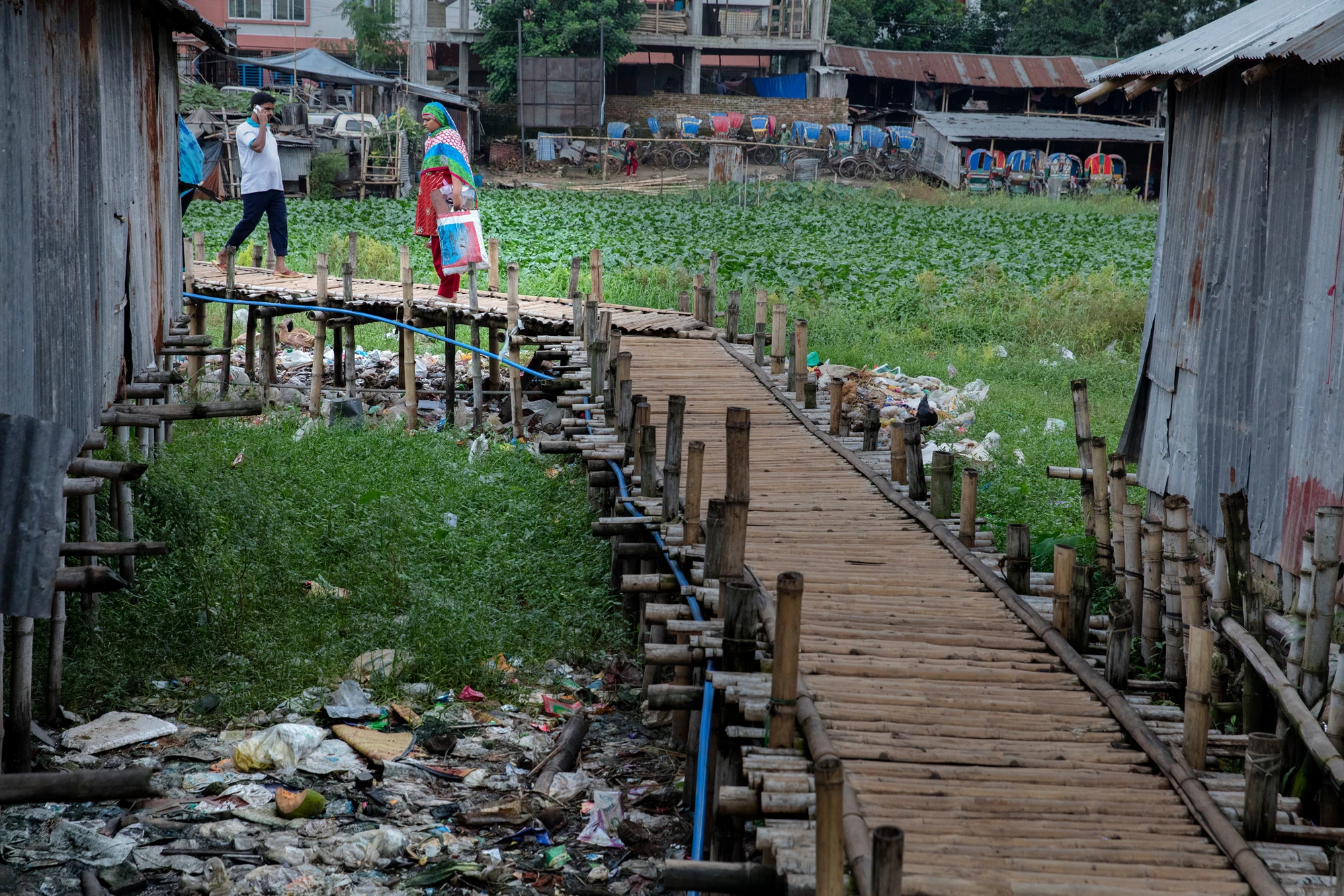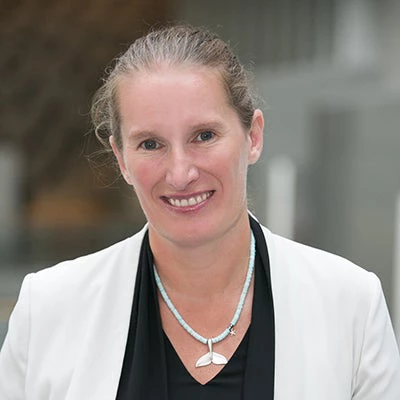
Oceans directly support the livelihoods of more than 300 million people, are at the center of the war against climate change and provide food security for hundreds of millions. To feed a world with a growing population, we need more seafood and we need to make sure it’s available not just today, but every day. Additionally, as the world gets smaller, oceans provide the transport links that connect us and carry our goods. Simply put, oceans are our past, present and a capstone of our future.
Strong blue economies need healthy oceans. Today’s sick oceans need investment to become healthy once more. We need to foster an investment model – not an aid model – that is ready for the brave new world of development finance. This is what we are now focusing on: How to build an investment model that can deliver results at speed and scale to build strong economies, good governance and healthy, well-fed communities. So where will this investment come from?
As official development assistance flatlines, non-traditional development assistance is booming. It has grown tenfold since 2000, making up more than a third of the more than $174 billion in development assistance made available every year. Non-traditional development financing is making us re-think how we invest in development, especially when it comes to sustainable ocean and coastal development. It is pushing us towards results-based financing, paying for impacts rather than inputs. It is driving innovation and success in sectors where imperfect information has led to low consumer demand for development gains and sustainability in the past. It is paying for action that is based on internalizing externalities, such as pollution or overexploitation of resources that can impact entire coastal countries in harmful but sometimes hidden ways. It is bringing new donors who are investing through vertical funds and social impact philanthropy to the table. It is also engaging a diaspora that is tired of putting its money –their savings total more than $400 billion a year--under mattresses or in low-interest savings accounts.
To appeal to these new investors, countries must do three things that the Bank is positioned to help with: Design good policies; build the capacity to implement them; and pull everything together in credible institutions that can provide certainty in sectors and habitats that are often known more for their uncertainty. This certainty in turn must be built on the transparent and equitable distribution of investments to serve first and foremost the most poor and the most vulnerable.
This certainty will reduce risk in the sector. It will allow countries and communities to coordinate resources from a diverse and growing set of investors so that the era of small, stand-alone pilots can end. It will allow countries to mobilize domestic resources around finding administrative efficiencies, and maximizing resource rents, as well as reducing the scourge of the seas--illegal, unreported and unregulated fishing. IUU is a clinical term. But let’s call it what it really is: Thieving fish from the mouths of the men, women and children who need it most. Less uncertainty will allow countries and communities to leverage the great potential of the private sector on small and large scales to equitably harvest and protect ocean and coastal resources.
These issues have been discussed, most recently at a Healthy Oceans and Seas panel convened at the UNGA. There, a decisive call for action was heard: That we can and we must support countries and communities to restore their ocean health by investing in good policies, strong capacity and credible institutions; that we can and we must do this in partnership, providing the strong shoulders on which countries and communities can stand and dive the depths of their ocean assets; and that we can and we will do this by reinventing how we put money into the oceans, moving from an aid to an investment model.
Photo credit: Fadil Basymeleh


Join the Conversation